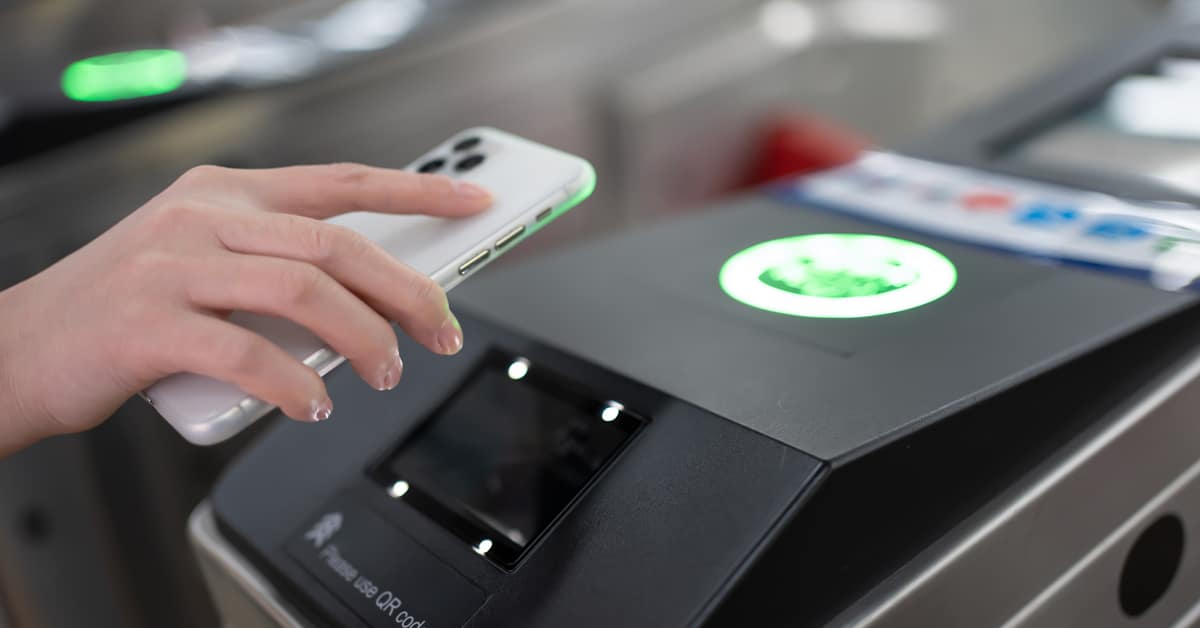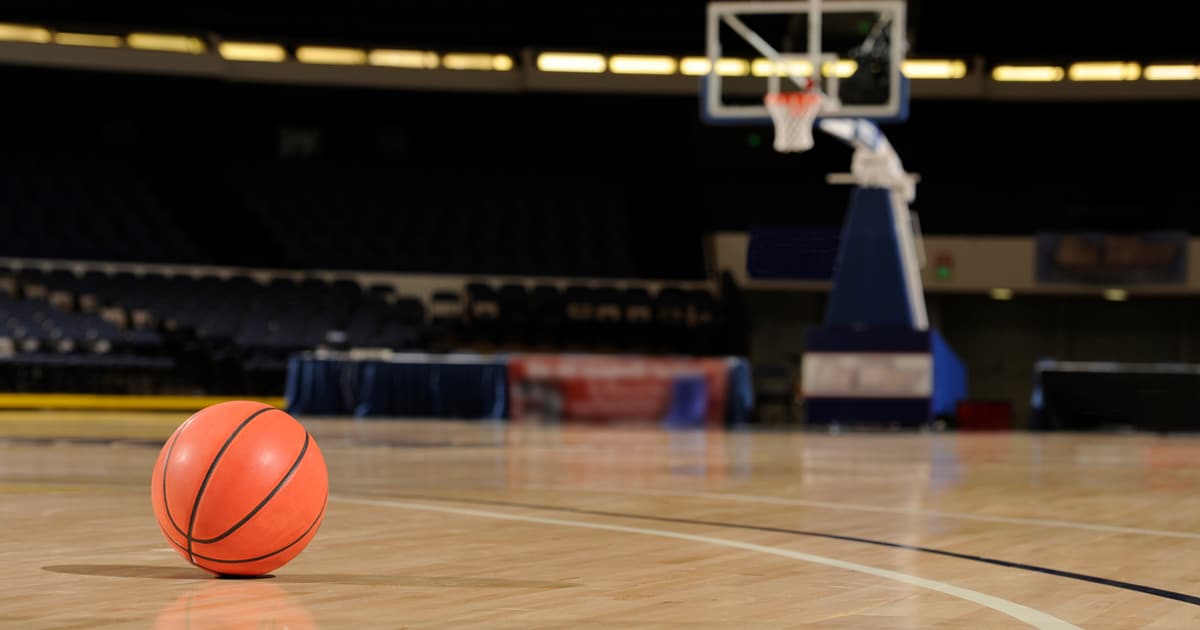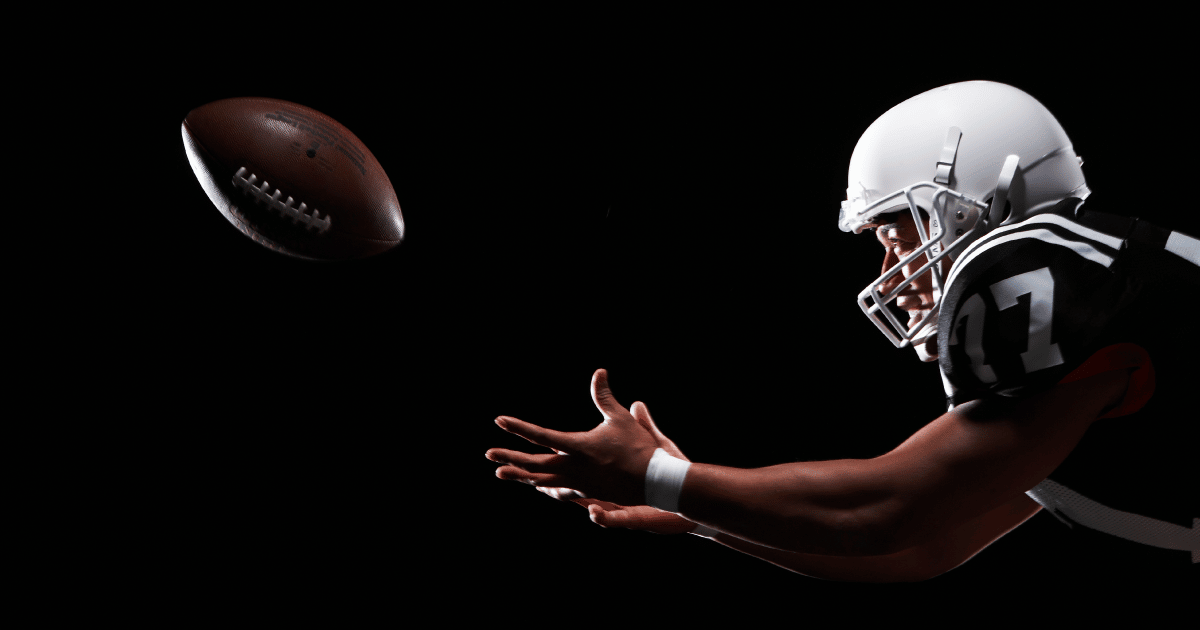For those of you not keeping score, a lot has changed in the world of professional sports over the past…
10 Things to Consider Before Buying an Event Sponsorship

Event sponsorship can be a great opportunity for a brand to showcase a product, expand market awareness, and gather important data to assist them in improving their outreach. Almost every market I’ve ever known has a wide array of events that take place over a given calendar year. These events are anything from a game, festival, concert, and much more. You really could define an event as any organized activity that draws a sizable crowd to a predetermined location.
Almost every event looks to sell sponsorship elements these days. Depending on a number of factors (predominantly size), you’ll get varying levels of sophistication from the people selling event sponsorship. Regardless of the size, location, or even nature of the event, there are a couple of important considerations to contemplate before you purchase marketing assets from a specific event or even a series of events that might be available in your PMA.
1. – First and foremost, before you do anything, do an in-depth analysis of the event. What does attendance look like? Is the event covered by any media (before, during, or after the event)? Is it televised? How is the event promoted? What do audience demographics look like? How often does this event take place? How long has it been around? Any possible weather implications if the event happens to be outdoors? This analysis should be done by the person who will negotiate the deal, the team who will activate it, and the executives who are paying for it and ultimately attending said event.
2. – What other sponsors are involved or will have a presence at the event? You don’t want to be ‘buried’ by a competing brand. It’s 100% acceptable to ask who else an event may be speaking with, and/or negotiate exclusivity for your brand. Don’t get out activated. Having the ability to assess an event and structure effective interactions with attendees is more art than science. This is a common miss for brands who spend thousands of dollars to invest in an event and then spend pennies on the people charged with activating.
3. – Be sure to assess the event for activation purposes. Oftentimes, events sell on-site space as part of their sales efforts. Maximize this opportunity with keen marketing tactics that make the most of your event sponsorship. Brands miss key growth opportunities by setting up a table with a banner with the expectation that attendees will be compelled to come by. Even if you have a great brand that’s highly relevant to the event, you can always improve engagement with outgoing street teams, giveaways, and other attention-getting tactics.
4. – Data capture – Data capture – Data capture … I wrote this three times for a reason. As part of your event sponsorship, always be keen to how this is done most efficiently. If your idea of data capture is a fishbowl for business cards, contact me immediately. You’re missing the mark.
5. – Explore opportunities to co-promote. Co-promotion allows you to lengthen the event’s impact on your brand in a number of ways. It reinforces affiliation, potentially enhances access for your current clients, draws new customers to your location before the event, and can create beneficial marketing opportunities for your brand.
6. – Be as involved as you possibly can as a sponsor. It’s not unusual for brands to invest in an event and then be passive when it comes time to plan and execute. It’s very possible that the person in charge of selling you the sponsorship has very little to do with other facets of the event. This is almost always the case when it comes to sports. You need everyone in the room at some point and when they are, be ready to discuss ways to establish solid communication practices that help you to maximize your investment.
7. – It’s important for everyone involved in planning, purchasing, and executing sponsorship of an event to be in attendance (if possible). That doesn’t mean everyone needs a seat in the suite, but it does mean that you need to consider how many people you need to be present on your behalf.
8. – Assign people the specific task of critical review. What can be done better? What opportunities exist for the next event you sponsor? Most importantly, was the event a good investment?
9. – When contemplating sponsorship of an event, consider if other events are congruent to this one that would benefit the overall impact your brand is trying to make. For example, would involvement in youth soccer make your sponsorship of a World Cup qualifier held in your market more impactful?
10. – Typically, the earlier you invest in an event, the better. This gives you the time you need to be more effective/creative with your activations and produce any relevant collateral assets needed to make the most of your sponsorship investment.
There are many things to consider before, during, and after you sponsor an event. Events can be an exciting way to engage new or even existing customers. Whereas event sponsorship is nothing new in the world of marketing, old ways of hanging banners and hiring temporary help to man your on-site is as tired as it sounds.
Creativity and innovation drive results when it comes to working with events, whether they be one-offs, multi-day or recurring events in your market. What is most important is the need to understand what success looks like well before the event takes place. That will help you identify or create opportunities for marketing success.
Want to learn more about how you can make the most of your event sponsorship opportunities? Call me or email me at ed.olsen@linedrivesportsmarketing.com.



